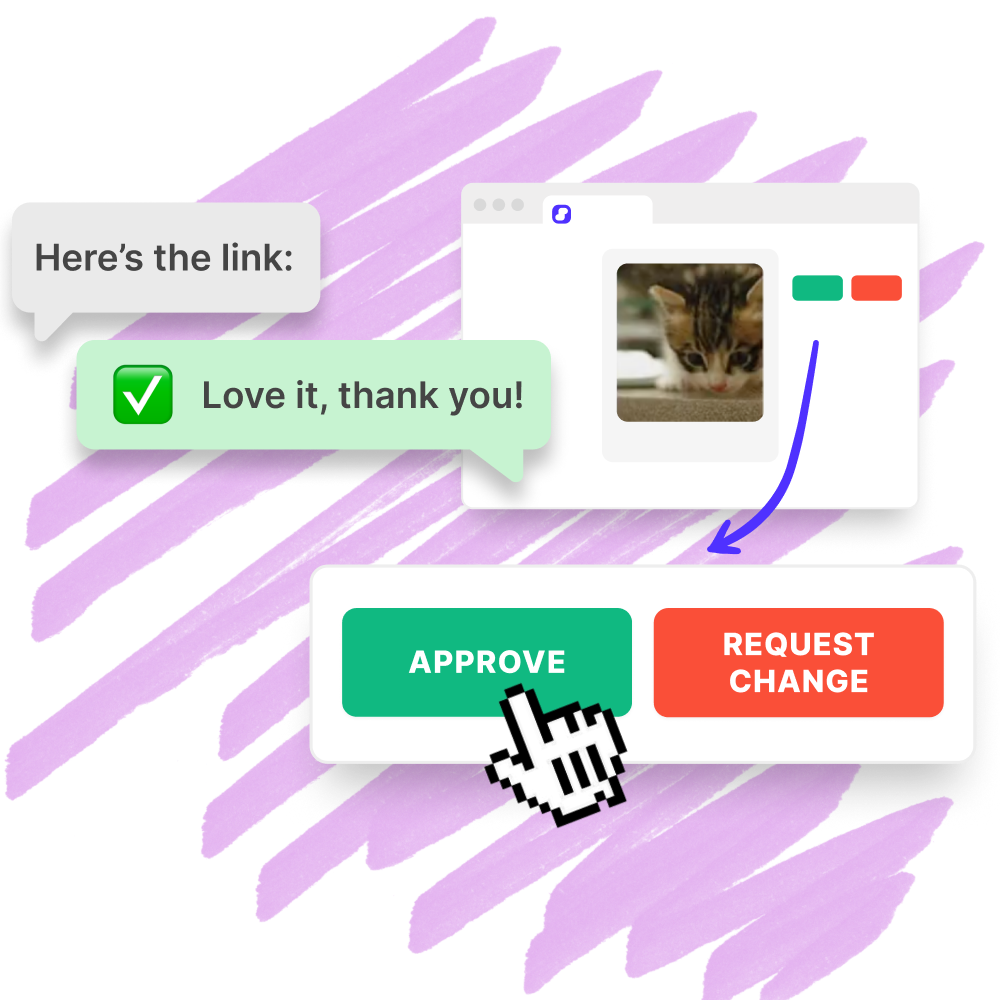Features
Why Sked?
More
Sked Social is a third party app and is not affiliated with or endorsed by any social network platforms.
See our Terms & Privacy Policy.
See our Terms & Privacy Policy.
© 2025 Sked Social. All rights reserved.













Absolutely—you’ll have a dedicated customer success agent to help you get started.
Sked Social supports auto-publishing to Instagram, Facebook, TikTok, LinkedIn, YouTube, Pinterest, X, Google Business Profile, and notifications based publishing to Threads and Snapchat.
Yes, you can bring two years of data with you, so you aren’t starting from scratch.
Yes—our team is global, so there's always someone online when you need them. You can rely on 24/7 human support, no matter where you’re based.